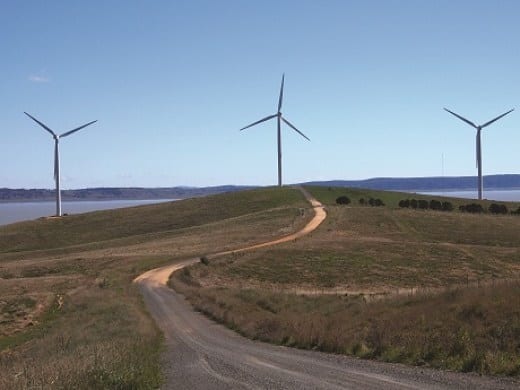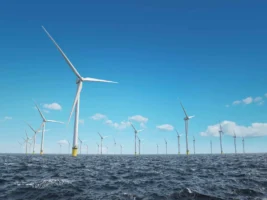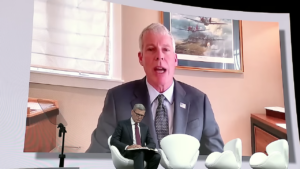Trevor St Baker, the coal entrepreneur who has made a squillion out of the privatisation of the NSW government’s coal generators, is sensing new opportunities with the Morrison government, its fascination with “fair dinkum” power and its antipathy to renewables.
St Baker is likely positioning himself for one or more of several opportunities: massive government funding for a new coal generator; government handouts to existing coal generators (such as his jointly owned facility at Vales Point, which he and Brian Flannery bought for $1 million); or restraints on renewables.
And to support his proposals, he has been running around making some pretty outrageous claims. One of them, based on his suggestion that the output of wind and solar should be severely restricted, is pure nonsense, as Bob Burton writes in this article we also published on Tuesday.
It does seem to be a day for de-bunking. It wasn’t planned this way but we also address some of the ridiculous claims made by economist Judith Sloan in her latest attack on renewables in The Australian, and in our latest Energy Insiders podcast we interview Simon Holmes à Court from the Energy Transition Hub about his efforts to debunk renewable energy myths.
This article looks specifically at another claim made by St Baker’s team at Sunset Power to the Australian Financial Review – that wind output is curtailed 60 per cent of the time in South Australia for system security. It is also nonsense.
The claim was printed without question by the faithful scribe at the AFR, but when we read it we thought to ourselves: “What the ….?” and decided to check with the Australian Energy Market Operator.
And they told us that not only is St Baker’s team wrong, it is out by a factor of more than 10. Which is some margin of error.
“AEMO has set an upper limit on grid connected asynchronous generation in South Australia,” a spokesperson told us by email.
“This is through a specific constraint which limits the output (mostly wind at this stage ) to below 1,295 MW for system strength purposes, if certain combinations of synchronous units are not online.
“Our figures show that between July 2017 and August 2018, this constraint has been in place 5.8 per cent of the time.”
(Yes, that is five point eight per cent, not 58 per cent).
Indeed, RenewEconomy has been writing about this constraint for some time, noting that it was imposed by AEMO as it took a more conservative approach to grid management following the incidents in South Australia (blackout and load shedding), and also noting that it has gradually relaxed those requirements.
In the March quarter for instance, AEMO noted that the total amount of output of wind that was curtailed was just 1.2 per cent in the March Quarter and 2.2 per cent in the December quarter.
It has, however, warned of greater curtailment in Victoria if more wind and solar farms are built without added system strength.
But AEMO noted something else:
“It is important to note that we constrain all types of generation throughout the grid for system security purposes, not just wind.”
Indeed, coal and gas have to be curtailed – and quite often. Usually this is voluntary because the coal generators, while busy during the day, have little to do at night, because everyone is asleep, so they wind back their output.
There is also the need for AEMO to intervene regularly and force curtailment, such as when it needs to constrain the limits on the interconnectors for various reasons, and this often includes thermal generation.
AEMO also intervenes in the market to ensure there is enough gas generation on line to support wind and solar, particularly as the share of renewables jumps above 100 per cent of demand, as it is doing more often. Even then, the amount of gas capacity required is gradually being reduced.
“The point we’d like to make is that we impose constraints not just on wind and not just on South Australia,” the spokesperson says.
The advantage of coal and gas generators being curtailed is that they save on fuel costs. Wind and solar farms have zero fuel costs, and most of their costs come in the upfront capital spend on the installation of the facility. So they usually make sure they can produce as much as they can.
At least the AFR did quote an expert from the International Energy Agency, who said it was “simply nonsensical economically” to turn off a resource that has zero marginal cost to make room for one that does have a cost.
“With the low costs of wind and solar it is clear that their long-term cost optimal share is much, much higher than what is currently the case in Australia,” the expert told the AFR.
“What you need is flexibility.”










